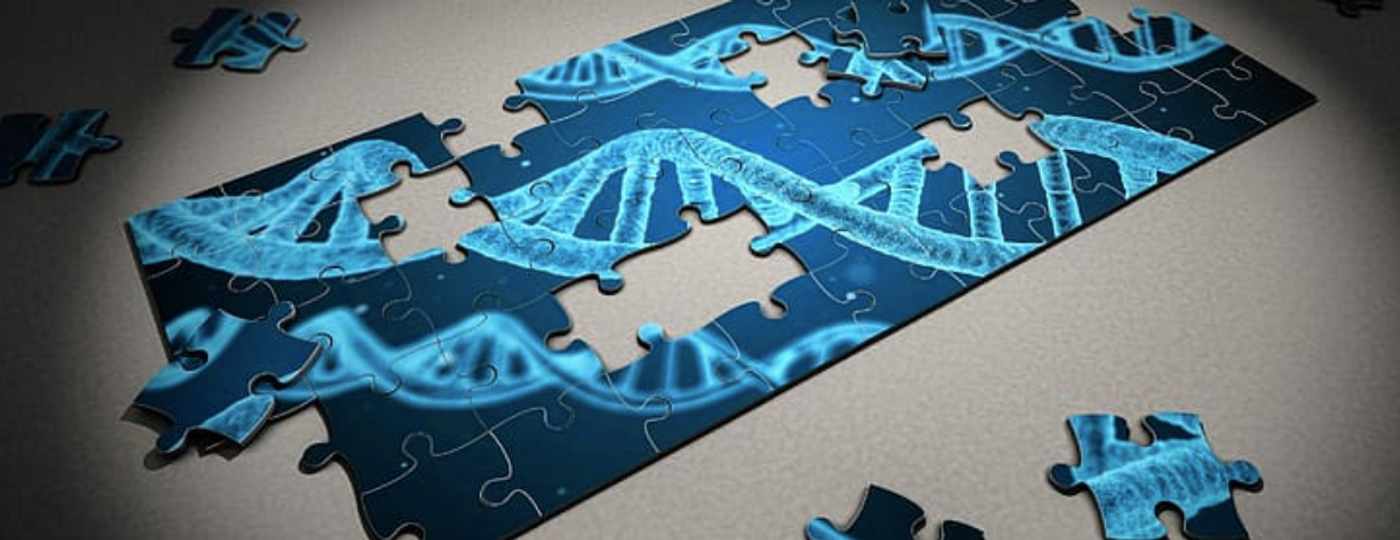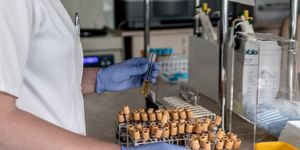Scientists Make a Breakthrough in Mitochondrial Genome Editing
Most genetic work is focused on the genome found in the nucleus, which contains the genes that encode for almost all of the proteins in our body. But there are a handful of genes that are only found on the mitochondrial genome, DNA that is only present in the mitochondria and is passed down from our mothers. There are a small number of diseases that are caused by mutations in mitochondrial DNA, which are extremely difficult to model and treat. New work may change that, however. Scientists have made a breakthrough, and engineered a base editor that can convert nucleotides, including adenine (A) to guanine (G), in mitochondrial DNA. This technology is called a transcription activator-like effector-linked deaminase (TALED).
Mitochondria are known as the powerhouse of the cell because they generate so much energy. When a mitochondrial gene carries a mutation, the essential function of energy metabolism can become severely disrupted.
"There are some extremely nasty hereditary diseases arising due to defects in mitochondrial DNA," noted Director Kim Jin-Soo of the Center for Genome Engineering. "For example, Leber hereditary optic neuropathy (LHON), which causes sudden blindness in both eyes, is caused by a simple single point mutation in mitochondrial DNA."
Another mitochondrial disease causes degeneration in the brain. There is some evidence that mitochondrial DNA may play a role in some more common disorders too, such as Alzheimer's disease and muscular dystrophy. While individual mitochondrial diseases are rare, the 90 known mitochondrial DNA mutations that cause disease affect one in 5,000 people or more.
Gene editing tools that are currently in use or in testing can't be used on mitochondria because the reagents can't move into the organelle to take effect.
No technology that's available now can create animal models of mitochondrial disease, either Director Kim added. "Lack of animal models makes it very difficult to develop and test therapeutics for these diseases."
The TALED technology overcomes the challenges in mitochondrial DNA editing. One part of TALED, the transcription activator-like effector (TALE), can specifically target mitochondrial DNA. Another portion of TALED is an enzyme called TadA8e, that promotes the nucleotide conversion. The final piece of TALED, DddAtox, is a cytosine deaminase that enables TadA8e to reach the mitochondrial DNA. TadA8e specifically targets single-stranded DNA, while mitochondrial DNA is double-stranded. So DddAtox unwinds the double strand temporarily. Further work led to tools that can change A to G and cytosine (C) to thymine (T) at the same time, or only A to G.
It's estimated that 39 of the 90 disease-causing mutations could be treated with this approach.
The tool has been tested in cells, and it did not cause toxicity or instability. TALED was also specific, and did not create undesired edits, though the researchers are still working to improve specificity and efficiency. More research will be needed before this tool can be applied in the clinic, but this study is a significant step toward gene editing in mitochondria.
Sources: Institute for Basic Science, Cell










